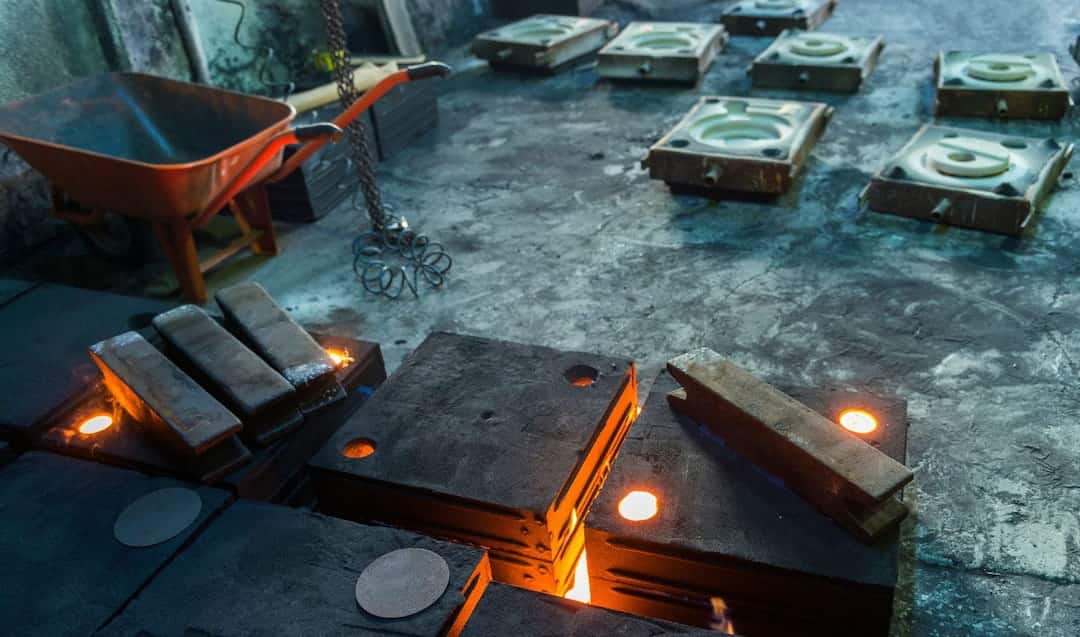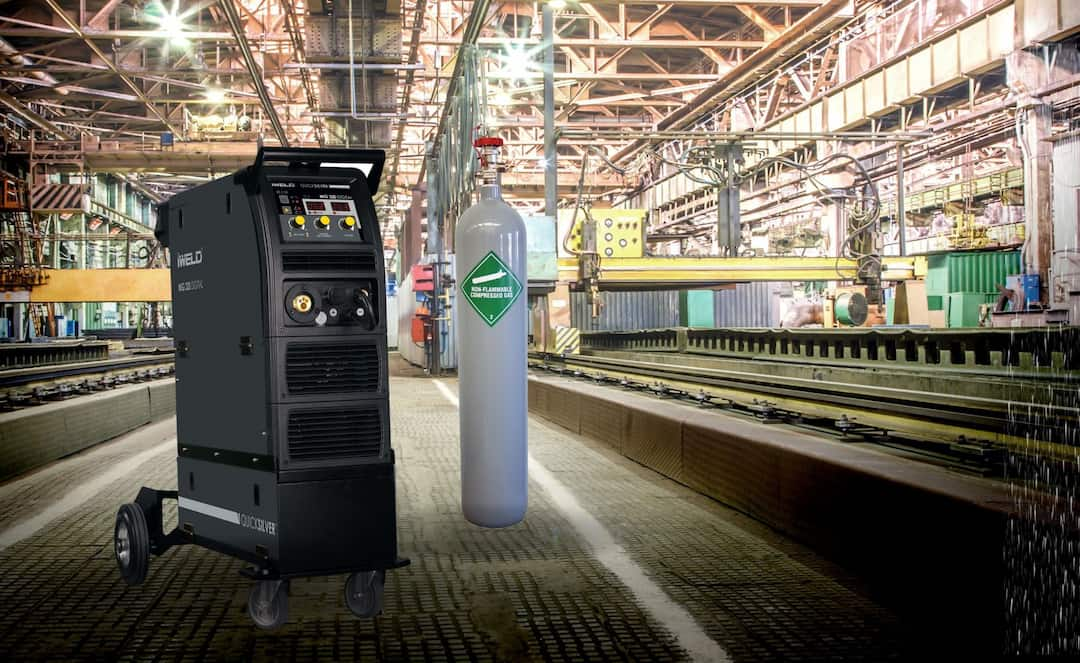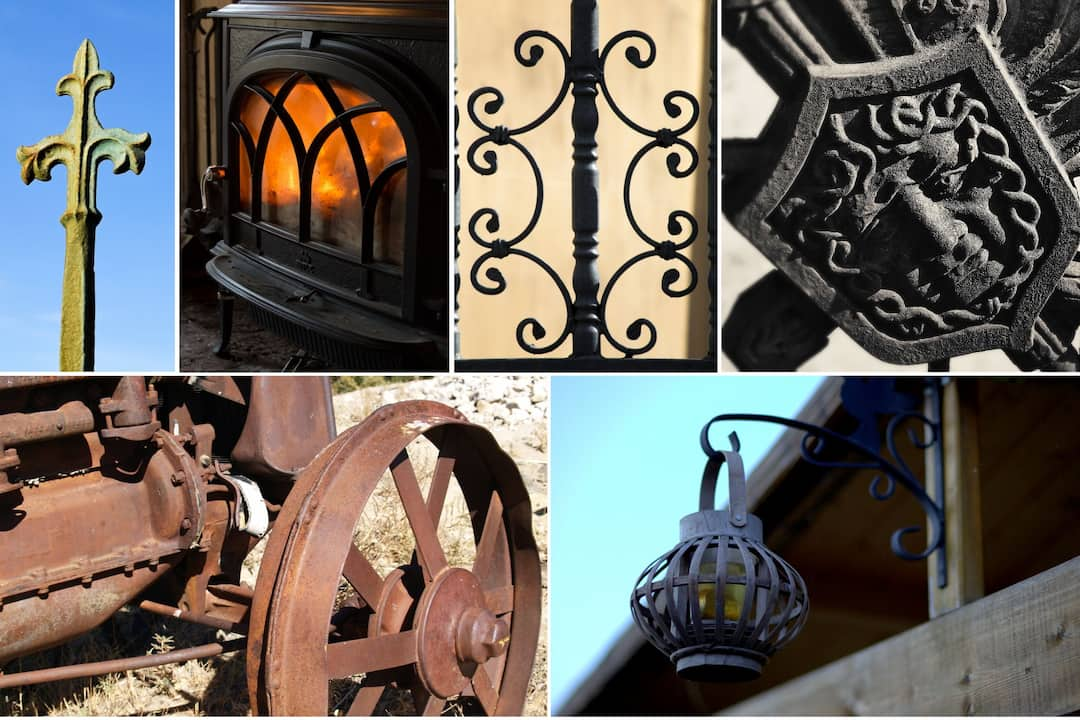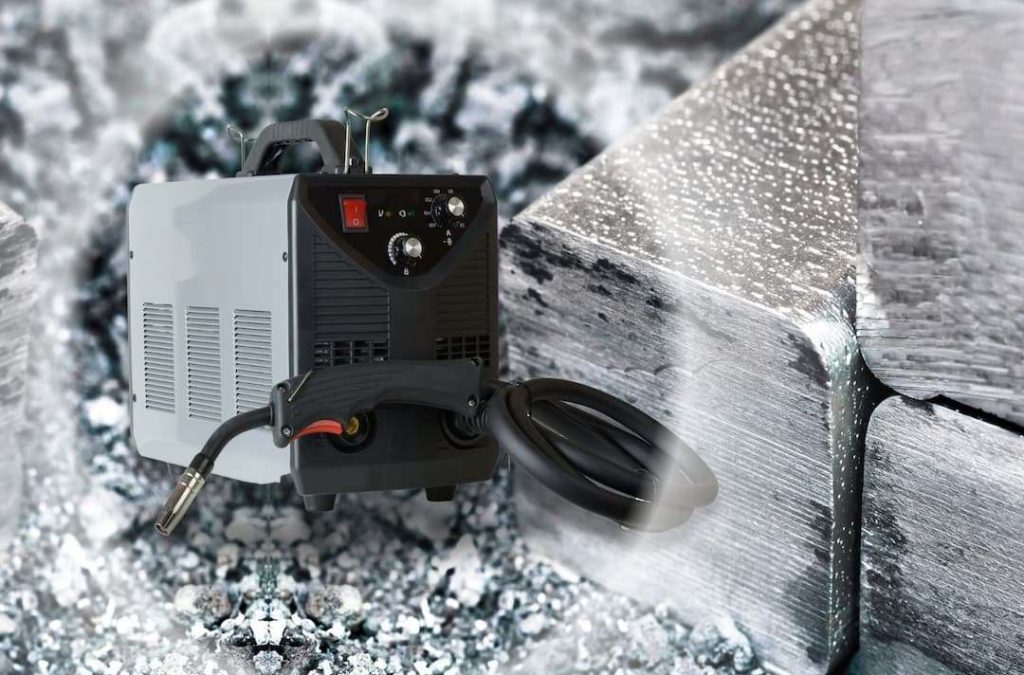So the question stands: Can you MIG weld cast iron? The answer is yes! Though some crucial steps must be taken to succeed while attempting this type of weld. In this blog, we'll talk about the benefits of using MIG welding on cast iron and guide you on what precautions you need to take when doing so. With our help, you'll have no problem acquiring a perfect weld every time!
Table of Contents
Key Takeaways
What is Cast Iron, and Why is It Important for Welding
Cast iron is an alloy of carbon, silicon, and small amounts of other elements like sulfur, manganese, and phosphorus. It is a popular material for welding due to its durability and strength. Welding cast iron requires specialized techniques such as MIG and TIG welding to ensure a strong bond between the welded metals. Because of its unique properties, cast iron is often used in car engines, piping systems, and other industrial applications. With the right tools and techniques, welders can ensure their cast iron welds have a reliable and long-lasting bond.
MIG welding cast iron offers an easy way to join two pieces of metal together, and TIG welding cast iron is a great option for more complex welds. Welding cast iron requires skill and experience, but it can be done safely and efficiently with the right preparation and technique.

Understanding the Basics of MIG Welding for Cast Iron
Regarding welding cast iron, both manual metal arc welding (MMAW) and MIG welding are preferred options to weld cast iron for many professionals due to their ease of use and effectiveness. When it comes to MIG welding, the process involves feeding a wire through a welding gun which is then melted by an electric arc to join two metals together. It's important to use the right type of wire and a shielding gas specially designed for cast iron alloys to create a malleable weld metal. Preheating the cast iron before welding is also crucial to prevent cracking.
By understanding these basic concepts, you'll be better equipped to confidently tackle your next cast iron welding project.
Preparing Your Work Area for MIG Weld Cast Iron
When MIG welding cast iron, a manual metal arc welding technique should be used to produce ductile weld metal. This ensures that the welds have good formability and toughness, which is essential for any cast iron alloy. It also helps to reduce the risk of cracking or other defects in the welded joints.
Manual metal arc welding also produces stronger welds than other welding techniques, making it ideal for cast iron alloy applications. With the right approach and technique, MIG welding cast iron can produce strong, reliable welds with excellent formability and toughness.

Safety Tips for MIG Welding Cast Iron
MIG welding on cast iron can pose some unique safety challenges, but with these tips, you can help reduce the risk of injury or damage. Always wear protective gear, including a welding helmet, gloves, and an apron to protect yourself from sparks and heat. Keep your welding area well-vented and free of any flammable materials.
Cast iron tends to be more brittle than other materials, so preheat the cast iron and avoid welding too quickly to prevent cracking or warping. Always double-check your equipment and follow manufacturer recommendations for proper use and maintenance. With these precautions, you can confidently weld cast iron while keeping yourself and your workshop safe.
Getting the Right Equipment for MIG Welding Cast Iron
MIG welding on cast iron can be tricky, especially if you need the right equipment. Cast iron is a dense, brittle metal that requires precise welding techniques to avoid cracking or warping. Regarding MIG welding on cast iron, having the right equipment is critical to achieving a successful weld.
Investing in a high-quality MIG welder with a powerful amperage range and adjustable nickel wire feed speed is essential. You'll also need a specialized cast iron wire and a shielding gas mix designed for cast iron welding. You can weld cast iron pieces with confidence and precision with the right equipment.

Tips and Tricks for a Successful MIG Weld Cast Iron
MIG welding on cast iron can be challenging and requires careful planning and execution. Firstly, it's essential to clean the surface of the cast iron to remove any rust, debris, or dirt. Proper preheating is crucial to prevent cracking, warping, or damage to the cast iron.
The use of low amperage and heat input when welding is recommended, and the welder should avoid dragging the electrode across the surface when starting or stopping the weld. Peening can be done on the cast iron to relieve stress and prevent cracking. Cooling the cast iron gradually is also essential to minimize stress on the weld. With these tips and tricks, MIG welding on cast iron can succeed.
Final Thoughts on Welding Cast Iron Using MIG
With some practice and equipment, anyone can become skilled at MIG welding on cast iron. Always follow safety protocols, have a well-ventilated work area, and practice welding on scrap pieces first. When ready for a job, use sturdy clamps to hold the metal in place and carefully tack weld pieces. Control your heat levels, slowing down when approaching thicker materials such as flanges or bases. If you need help, don't hesitate to seek advice from knowledgeable people in your local welding community. The most important part of a successful project is having fun and trying different techniques until you find what works best for you. Cast iron is an excellent material that requires precision and patience but can yield unexpectedly beautiful results with the proper welding skills!

FAQs
What is cast iron?
Cast iron is a group of iron-carbon alloys that contain more than 2% carbon by weight. It is a complex, brittle material resistant to wear and deformation, making it ideal for various industrial applications.
Cast iron is made by melting iron and adding a small amount of carbon, typically in the form of carbon-rich materials like coke or charcoal. Other elements, such as silicon, manganese, sulfur, and phosphorus, may also be added to adjust the properties of cast iron.
What are the properties of cast iron?
Cast iron is an iron-carbon alloy with several unique properties that make it useful for various industrial applications. Some of the properties of cast iron include the following:
High hardness and wear resistance: Cast iron is a hard and brittle material resistant to wear and deformation. It is ideal for use in applications where hardness and wear resistance are important.
Excellent machinability: Cast iron is easy to machine due to its relatively low hardness and graphite flakes or nodules acting as lubricants during machining.
Good casting properties: Cast iron has good casting properties, which means it can be easily cast into complex shapes with high precision.
High thermal conductivity: Cast iron has a high thermal conductivity, which means it can transfer heat quickly and efficiently.
Good damping capacity: Cast iron has an excellent damping capacity, which means that it can absorb and dissipate vibrations, making it useful in applications requiring high vibration resistance levels.
Brittle: Cast iron is a brittle material and is prone to cracking or breaking under high stress or impact loads.
Prone to corrosion: Cast iron is flat to pollution in the presence of moisture and oxygen, which can lead to rusting and degradation of the material over time.
Can you weld cast iron?
Yes, cast iron can be welded, but it requires special techniques and procedures due to the material's unique properties. Ductile cast iron is a brittle material prone to cracking and warping during the welding process, so it is vital to use the proper welding technique and equipment to achieve a successful weld.
One common welding technique for cast iron is preheating and post-weld heat treatment. This involves heating the cast iron to a specific temperature before welding to reduce the risk of cracking and then heating it again after welding to relieve stress and prevent warping.
Another technique for welding cast iron is using a nickel-based filler material, which has a lower coefficient of thermal expansion than cast iron and can help prevent cracking and distortion during welding.
It is important to note that not all types of cast iron are suitable for welding, and some may require specialized equipment and expertise. If you need to weld cast iron, it is recommended that you consult with a professional welder or welding engineer to determine the best welding technique and approach for your specific application.
